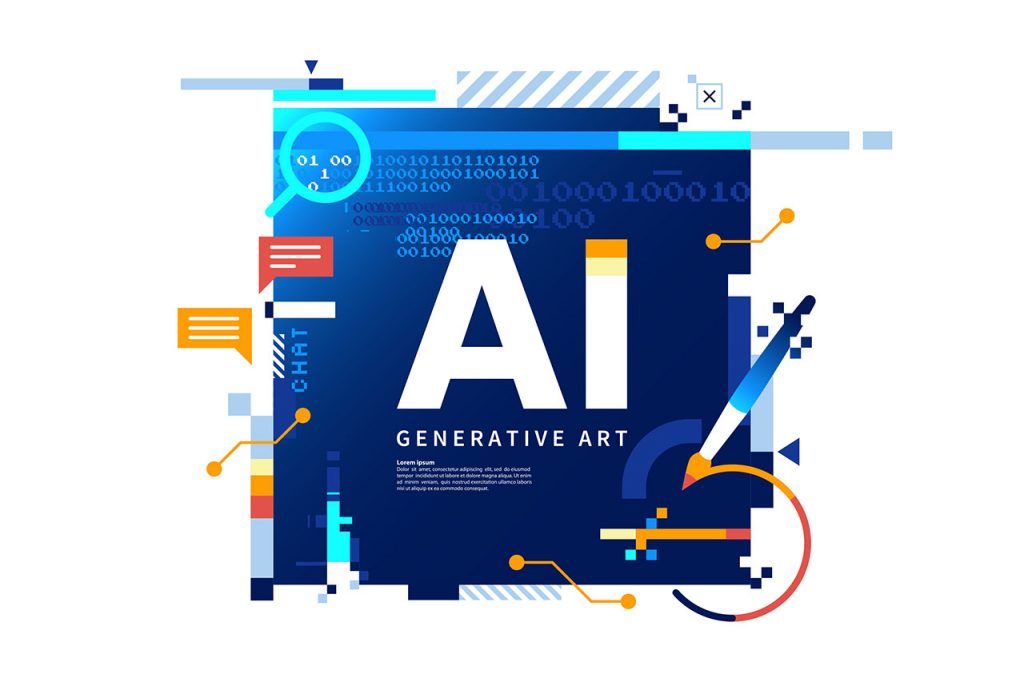AI-generated images, powered by advanced machine learning algorithms, have emerged as a compelling option for book cover design, offering a versatile and innovative approach to visual storytelling. However, the suitability of AI-generated images for book covers depends on various factors, and a nuanced consideration of their advantages and limitations is essential.

One of the primary advantages of using AI-generated images for book covers is the potential for creating unique and captivating visuals that push the boundaries of traditional design. AI allows for the synthesis of diverse artistic styles, patterns, and compositions, enabling the generation of original artwork that can be tailored to specific genres, themes, or target audiences. This can be particularly valuable for authors and publishers seeking visually distinctive covers that stand out in a crowded market and resonate with contemporary design sensibilities.
Furthermore, AI-generated images offer a level of customization and adaptability that can align with the evolving preferences of readers and market trends. Through the analysis of vast data sets and the synthesis of design elements, AI can produce visuals that cater to niche genres, experimental concepts, or evolving design trends. This adaptability can be particularly advantageous for authors and publishers who aim to harmonize the visual identity of their books with shifting consumer tastes and emerging aesthetics.
However, despite the potential benefits, human interference is essential in book cover design, particularly in elements such as typography and layout, as it encompasses a level of creativity, emotional intuition, and contextual understanding that AI alone cannot fully replicate. Typography is a crucial storytelling element, conveying mood, genre, and thematic essence. Human designers bring a nuanced understanding of the narrative’s emotional tones and can craft custom-type treatments that authentically resonate with the book’s content and intended audience. Likewise, layout design requires a human sensibility to infuse the cover with balance, hierarchy, and visual flow. Designers can strategically position imagery and text to evoke curiosity and guide the viewer’s gaze, leveraging an intuitive understanding of narrative pacing and visual storytelling that AI may struggle to capture. Additionally, human designers can inject cultural and historical references into typography and layout that reflect the book’s essence, enhancing its visual impact and resonance with readers. Ultimately, human interference in book cover design is vital to infuse covers with evocative, contextually rich aesthetics that resonate on a deeply human level, transcending the purely algorithmic approach of AI-generated imagery.
As BookCoverZone we are utilizing AI-generated images on our book covers with our own in-house AI-generation framework. We are not using services such as MidJourney or DALL-E. Using external services may pose a risk to sensitive data and intellectual property, as it involves sharing proprietary information with third-party entities. On the other hand, using enclosed, in-house AI generation systems provides a distinct advantage in terms of data privacy and security, as sensitive or proprietary information remains within the controlled environment of our company. Furthermore, having an in-house AI generation system offers the flexibility to tailor the algorithms and models specifically to the unique needs and objectives of our clients (mainly authors and publishers), fostering a more customized and precise output. This is especially crucial when we are a service only focused on book cover designs.
AI enables us to create original and captivating artwork that aligns with specific genres, themes, and target audiences, allowing us to produce visually distinctive covers that stand out in a competitive market. Additionally, AI offers a level of adaptability and customization that aligns with the dynamic nature of consumer tastes and emerging aesthetics, providing us with the opportunity to create cover designs that resonate with contemporary design sensibilities.
Ultimately, the decision to use AI-generated images for book covers should be approached thoughtfully, considering the specific creative vision, audience appeal, and ethical considerations. While AI offers exciting possibilities for visual innovation, it should ideally be employed with human creativity and editorial discernment to ensure that the resulting book covers authentically resonate with the narratives they represent and the readers they seek to engage.